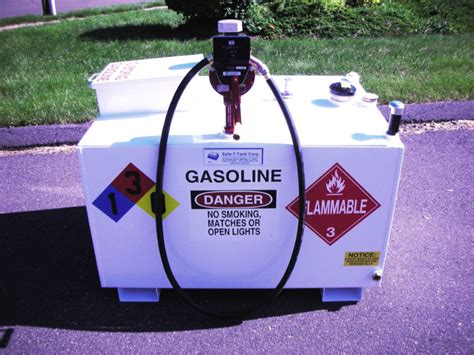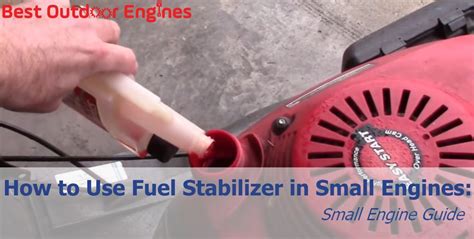Why Stored Gasoline Degrades and How to Stop It
Storing gasoline for extended periods can lead to its degradation, compromising its quality and potentially causing damage to engines. Whether it’s for emergency generators, lawnmowers, classic cars, or recreational vehicles, understanding the science behind fuel degradation and implementing preventative measures is essential for maintaining performance and avoiding costly repairs.
Understanding Gasoline Degradation
Gasoline is a complex mixture of hydrocarbons and additives, and it is inherently unstable when exposed to the elements. The primary culprits behind its breakdown include oxidation, evaporation, and contamination.
- Oxidation: When gasoline comes into contact with air (oxygen), it reacts, forming gums, varnishes, and solid deposits. These sticky residues can clog fuel lines, carburetors, and fuel injectors, leading to poor engine performance, difficult starting, or complete engine failure.
- Evaporation: Lighter, more volatile hydrocarbons in gasoline evaporate over time, especially if not stored in a tightly sealed container. This changes the fuel’s composition, making it less combustible and harder to ignite.
- Water Contamination: Moisture can enter fuel tanks through condensation or exposure. Water in fuel can cause rust and corrosion in metal components and can also lead to microbial growth.
The Role of Ethanol in Fuel Stability
Modern gasoline often contains ethanol, which, while beneficial for reducing emissions and octane boosting, poses significant challenges for long-term storage. Ethanol is hygroscopic, meaning it readily absorbs and attracts water from the atmosphere. When enough water is absorbed, a process called ‘phase separation’ occurs.
During phase separation, the ethanol and water mixture separates from the gasoline and sinks to the bottom of the fuel tank. This watery, ethanol-rich layer is highly corrosive and can damage fuel system components, while the remaining gasoline is left with a lower octane rating and diminished performance.

Best Practices for Storing Gasoline
Choose the Right Container
Always store gasoline in approved, red-colored containers specifically designed for fuel. These containers are typically made from durable plastic or metal, designed to prevent leaks, resist corrosion, and minimize vapor emissions. Ensure the container has a tight-sealing cap to prevent air and moisture ingress.
Minimize Airspace
Fill the container as full as possible, leaving only a small amount of space for fuel expansion. A full tank reduces the amount of air (oxygen) inside, thus limiting the oxidation process. However, avoid overfilling, as gasoline expands with temperature changes.
Maintain Consistent Temperature
Store gasoline in a cool, dry, and well-ventilated area away from direct sunlight, heat sources, and ignition sources. Temperature fluctuations can accelerate degradation and cause condensation inside the container. An ideal storage temperature is below 60°F (15°C).

The Essential Role of Fuel Stabilizers
Fuel stabilizers are chemical additives specifically formulated to prevent gasoline from degrading. They work by inhibiting oxidation, preventing gum and varnish formation, and often by counteracting the negative effects of ethanol. Using a quality fuel stabilizer is the most effective way to protect stored fuel.
How to Use Fuel Stabilizers Effectively
Add the fuel stabilizer to the gasoline *before* storing it. Follow the manufacturer’s instructions for the correct dosage. After adding, run the engine or equipment for a few minutes to ensure the treated fuel circulates throughout the entire fuel system (lines, carburetor, injectors). This ensures all components are protected and not just the fuel in the tank.

Regular Rotation and Inspection
Even with the best storage practices and fuel stabilizers, it’s wise to periodically use and replenish your stored fuel. Aim to use stored gasoline within 6-12 months, depending on the stabilizer used and storage conditions. Before use, visually inspect the fuel for discoloration, cloudiness, or sediment, which are signs of degradation.
Conclusion
Preventing gasoline degradation is a simple yet critical task for anyone storing fuel. By selecting appropriate containers, minimizing air exposure, maintaining stable temperatures, and most importantly, utilizing a reliable fuel stabilizer, you can significantly extend the life of your stored gasoline. These practices safeguard your engines from potential damage and ensure your equipment is ready to perform when you need it most.




